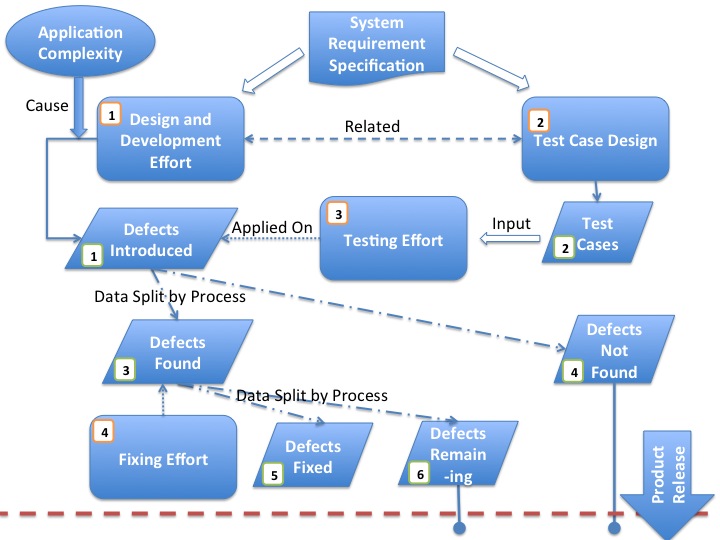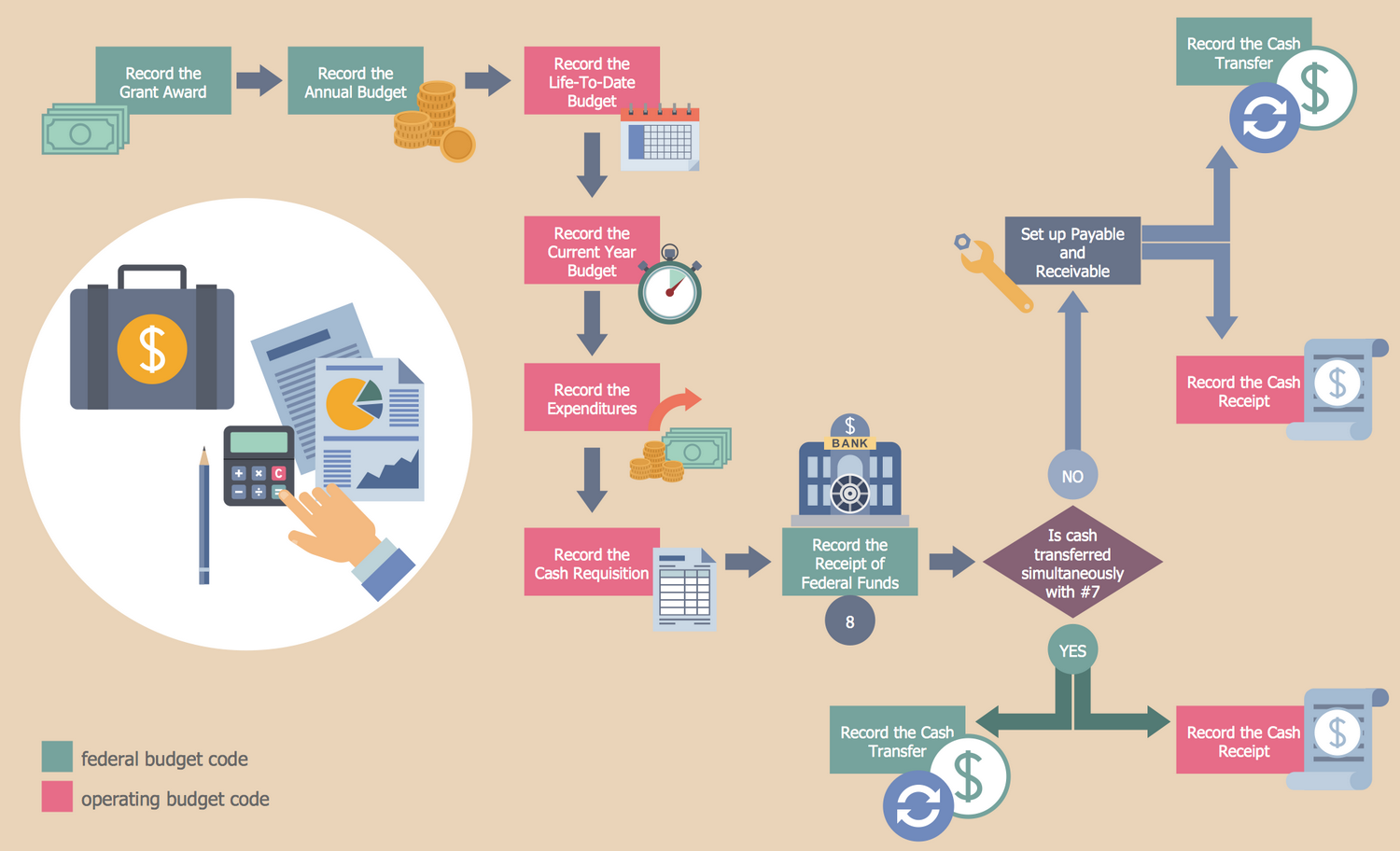

REOPEN : The tester will do a retest of the application after fix bugs by the developer, during that if there is a bug (either a new bug or old bug not fixed), then tester assigned status as “REOPEN” i.e. VERIFIED : The bug is fixed by the developer, then the tester retest the application, if there is no bug then it changes the status assigned as “VERIFIED”.ġ1. Duplicate : If the bug is already logged before by tester or similar to the previous one, then the developer mentions the status of the bug as “Duplicate”.ġ0. The bug or defect can be passed in four stages:Ĥ. The status of the bug or defect is shown as “OPEN”. OPEN: In this phase, once the tester assigns the bug or defect to the developer, they investigate it and resolve it. It is really an issue but when the developer accepts it, it changes to Bug.ģ. bug is approved by the developer and they will work on it to fix the bug. Then the status of the bug is marked as “ASSIGNED” i.e. ASSIGNED: Once a new status bug is raised by the tester, then the technical/QA leads to validate it and assign the bug to a particular developer in the development team to work on that. Here the tester creates an issue in JIRA by describing the Issue type, summary, description, priority, etc of the bug.Ģ. NEW: When a bug or defect is found in an application by the tester during the testing phase then, it is reported to the development team through the bug management tool JIRA.so the initial level of bug status is assigned by the tester as a “NEW”. The stages in the JIRA Bug Life Cycle are given below:ġ.
#Defect process flow diagram software#
CoursesĮxcerpted from The Quality Toolbox, Second Edition, ASQ Quality Press.Web development, programming languages, Software testing & others The authors explore how digitizing one of the seven basic quality tools-the fishbone diagram-using mind mapping can significantly improve the tool. Make one with the Six Sigma package in R.įish(bone) Stories ( Quality Progress) The method behind the fishbone diagram is older than many of its users. Quality Nugget: Creating Ishikawa (Fishbone) Diagrams With R ( Software Quality Professional) A fishbone diagram connects causal links in major categories with an outcome, or effect. The Quality Toolbox, Second Edition Articles Booksīusiness Process Improvement Toolbox, Second Edition You can also search articles, case studies, and publications for fishbone diagram resources. The resulting diagram illustrates the main causes and subcauses leading to an effect (symptom). Start using the fishbone diagram template and analyze process dispersion with this simple, visual tool. "Iron tools" can be considered a "Methods" problem when taking samples or a "Manpower" problem with maintenance personnel. "Calibration" shows up under "Methods" as a factor in the analytical procedure, and also under "Measurement" as a cause of lab error. Note that some ideas appear in two different places. Layers of branches show thorough thinking about the causes of the problem.įor example, under the heading "Machines," the idea "materials of construction" shows four kinds of equipment and then several specific machine numbers. The team used the six generic headings to prompt ideas. This fishbone diagram was drawn by a manufacturing team to try to understand the source of periodic iron contamination. When the group runs out of ideas, focus attention to places on the chart where ideas are few.Layers of branches indicate causal relationships. Continue to ask "Why?" and generate deeper levels of causes. Write sub-causes branching off the causes. Again ask "Why does this happen?" about each cause.Causes can be written in several places if they relate to several categories. Ask "Why does this happen?" As each idea is given, the facilitator writes it as a branch from the appropriate category. Brainstorm all the possible causes of the problem.



 0 kommentar(er)
0 kommentar(er)
